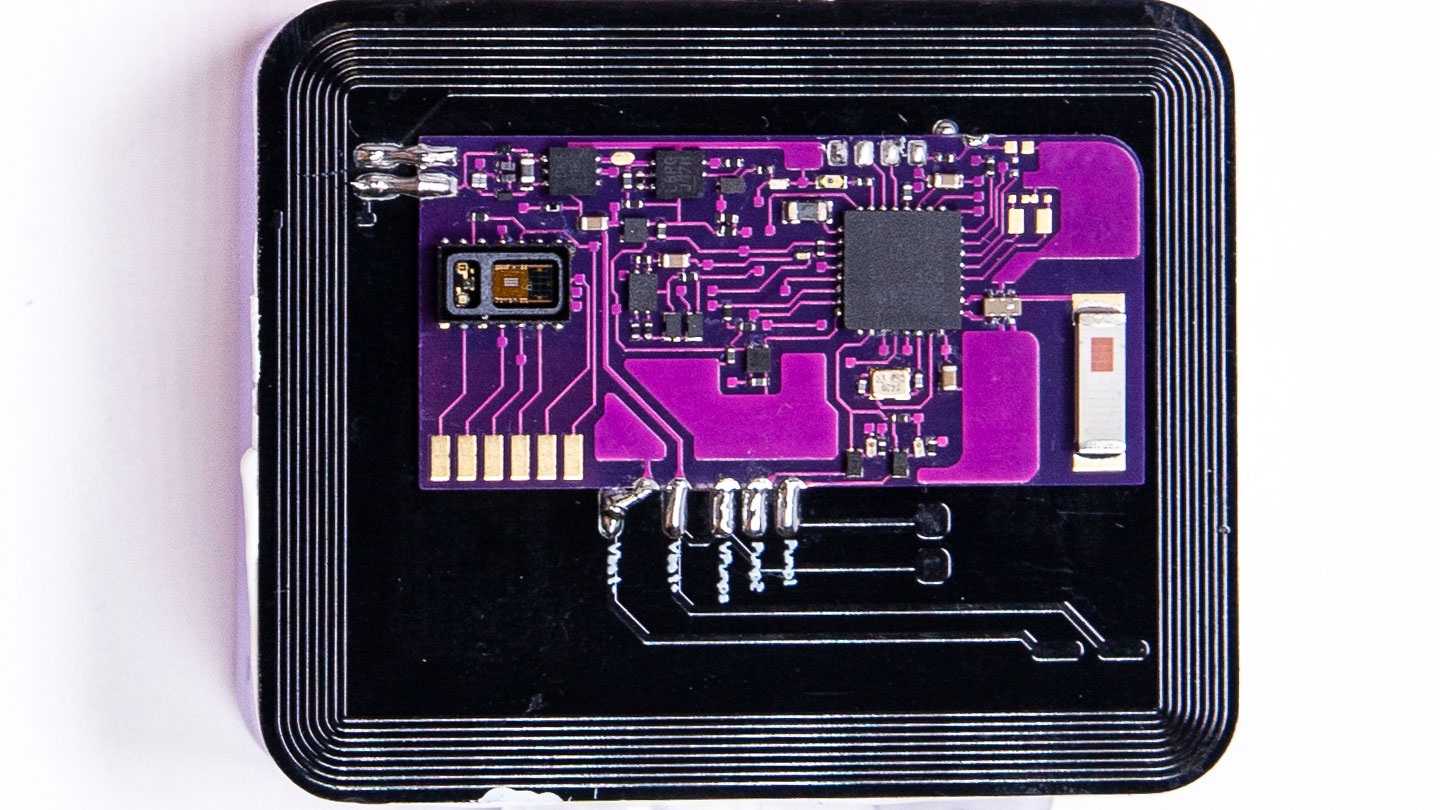A new implant tested in animals reverses drug overdoses

Naloxone has saved thousands of lives by reversing opioid overdoses. But its success hinges on someone being nearby who can administer the drug quickly (SN: 5/3/24). Many people are alone when they overdose.
A new implant could someday address that problem. Inserted under the skin and run by a battery, the device can detect an overdose’s onset and release naloxone directly into the bloodstream, while simultaneously alerting first responders, researchers reported October 23 in Science Advances. The device, called the Naloximeter, has been tested only in animals.
The researchers hope that the Naloximeter could help some of the highest-risk individuals: Those who are newly sober, either because they sought treatment or were incarcerated. People are 10 to 16 times more likely to die by overdose in the first several months after a period of sobriety, when their body’s tolerance to opioids has decreased, than they are further into recovery.
In 2023, more than 80,000 people in the United States died of opioid overdoses (SN: 9/25/2024). “This fentanyl problem is getting worse,” says Robert Gereau, a neuroscientist at Washington University School of Medicine in St. Louis. “There’s a huge need for as many efforts at harm reduction as possible.”
Common harm reduction techniques have included safe injection centers and hotlines, but new technologies offer promising alternatives for when a bystander can’t be present (SN: 2/14/2024). So far apps and other devices can only monitor and alert responders. The Naloximeter is the first device that could provide treatment — and do so immediately, in the narrow window when overdoses are still reversible. “That’s where this really excels in comparison to other interventions,” says Monty Ghosh, an addiction researcher at the University of Alberta in Edmonton, Canada, who was not involved in the study.
The Naloximeter’s sensor works by measuring the loss of oxygen in the blood — specifically, how quickly it’s dropping and to what level. In a human version of this implant, once an overdose is detected, a warning alert would appear on the person’s cell phone so the person can indicate if it’s a false alarm; otherwise, the naloxone would be released.
Gereau and colleagues tested two different administration methods in rats and pigs. In the trials with pigs, they found that the most effective method was an intravenous catheter, similar to a port used for cancer treatment, integrated into the implant. It delivered 0.7 milliliters of naloxone within 60 seconds, which is “enough to start having plenty of effect in the brain,” says Joanna Ciatti, a materials scientist at Northwestern University in Evanston, Ill.
Though still a long way from testing in human clinical trials and sorting of ethical and logistical concerns, the prospect of such a device is exciting, Ghosh says. Its feasibility will depend on the invasiveness of the implantation, its cost and, most importantly, whether people with substance abuse concerns, often wary of interventions, will be open to it.
Source link

